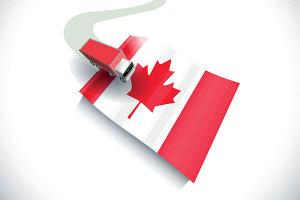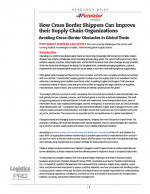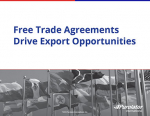Winning the Battle for eCommerce Last-Mile Excellence
Last-mile delivery is the most important – and the most expensive – part of the logistics process, accounting for an estimated 28 percent of overall transportation spend.
To understand how significantly eCommerce service expectations have changed, consider a March 2017 essay written by a Pace University student about the increasing need among the millennial generation for instant gratification: “Just last week,” she wrote, “I felt my heartbeat rapidly increasing and my legs shaking when the customer service representative from Amazon put me on hold for a few minutes because my package didn’t arrive in two days like it was supposed to.”
The student eventually learned her package had been misplaced. And while it eventually found its way to her, it arrived two days late. “I had to wait a whole extra two days,” she noted, which “seems like an eternity in today’s society."
This example illustrates two important trends taking place among eCommerce consumers:
- Changing expectations for increasingly fast deliveries; and
- Increased focus on last-mile service to avoid late deliveries and misplaced shipments.
For eCommerce retailers, these trends come at a time when competition for customers is intense and a fierce battle is raging as retailers try and distinguish themselves. Much of this change, of course, has been driven by Amazon and the tremendous inroads the internet giant has had in revolutionizing eCommerce and fulfillment.
Amazon Prime, which guarantees unlimited 2-day shipping for an annual fee of $99, saw a 38 percent surge in membership last year and now counts an estimated 80 million members in the United States.
As a result, expectations have changed with regard to delivery speed and flexibility. Consumers are very much in the driver’s seat, and they show little hesitancy about abandoning a retailer that does not offer the services they have come to expect or that does a poor job of executing a delivery.
Consumers expect the flexibility to determine when and where a delivery will take place, to be able to make a change at any point in the process with no disruption to the delivery schedule, to know the exact location of their package via real-time tracking, to have any special needs (i.e., don’t ring the doorbell) accommodated, and to be able to easily send the package back for whatever reason.
What’s Related




Favorites





